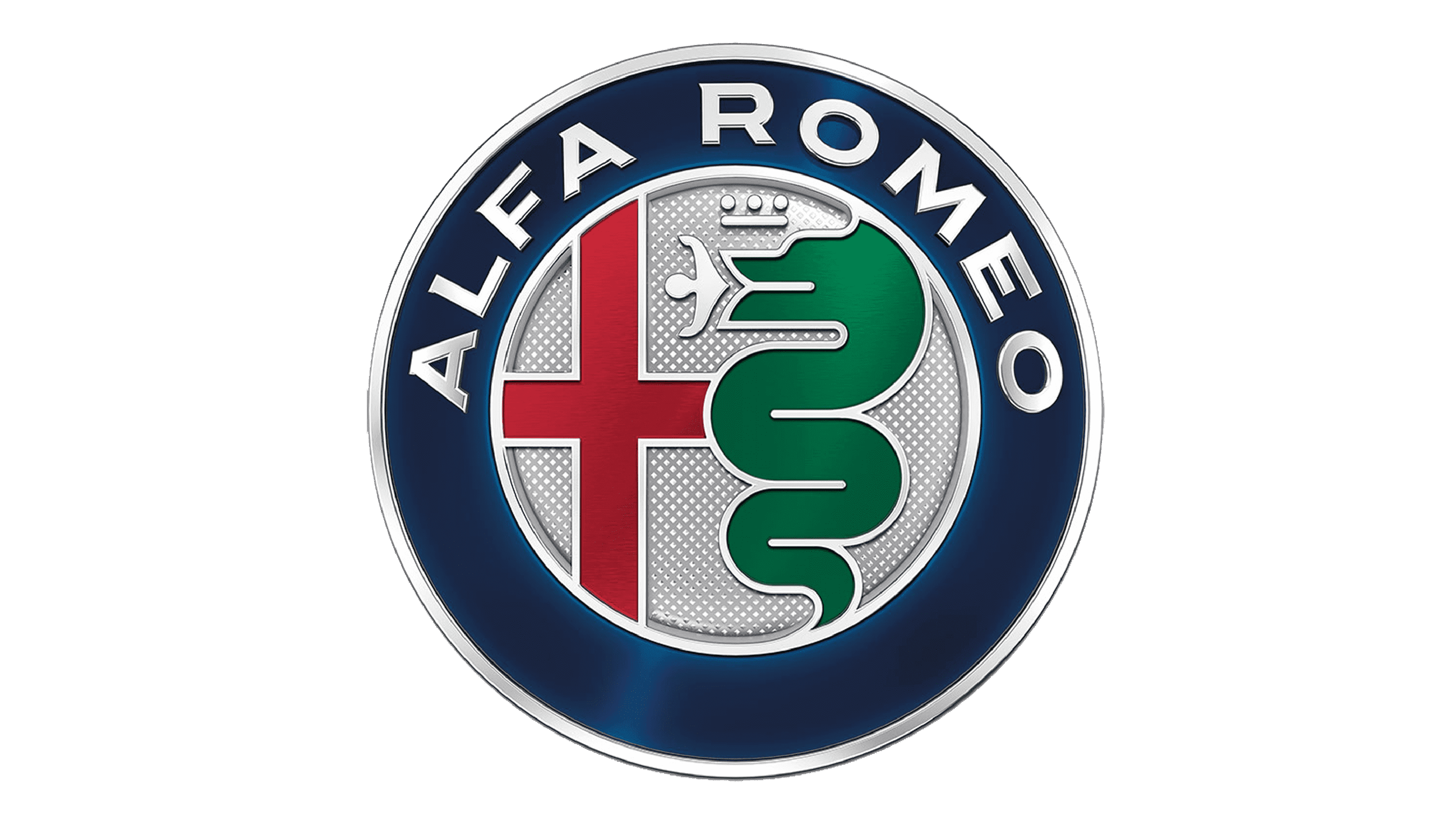1932 Alfa Romeo 8C 2300 Spider

The descriptions of the Classic Cars in the Directory were partly generated or supplemented with the help of artificial intelligence (AI). The content may occasionally not always be entirely accurate or factually correct despite careful checking.
The Alfa Romeo 8C 2300 Spider, manufactured in 1932, is a true masterpiece of engineering and design. The car's body was built by Carrozzeria Touring, and its chassis featured a unique combination of lightweight alloy and stronger steel components. The result is a nimble, agile vehicle that is both sturdy and lightweight.
The Spider's heart lies in its powerful inline-eight engine, which features double overhead camshafts and a supercharger. The engine delivers an impressive 142 horsepower, making the Spider one of the most powerful and fastest cars of its time. The engine's output was such that the Spider could reach a top speed of 110 miles per hour, an impressive feat for a vehicle of the 1930s.
The Spider's suspension system was also impressive for its time. The car featured independent front suspension, which gave the car excellent handling and stability. This was a significant improvement over other cars of the era, which often featured rigid front axles. The suspension system included hydraulic shock absorbers, which helped smooth out the car's ride and prevent bumpiness.
The braking system of the Spider was similarly well-designed. The car featured hydraulic drum brakes on all four wheels, which provided ample stopping power even at high speeds. The braking system included a vacuum-assisted servo, which made it easier to slow the car down without putting undue strain on the driver's feet.
Inside the Spider, the car's interior was luxurious and elegant. The car featured leather upholstery, and the gauges and dials on the dashboard were beautifully crafted and easy to read. The car also included several comfort features, such as adjustable seats and an adjustable steering wheel. In addition, the car's convertible top could be quickly and easily lowered, allowing drivers and passengers to enjoy the fresh air on sunny days.
In terms of its overall design, the Alfa Romeo 8C 2300 Spider was a stunning car. The car's sleek, aerodynamic body gave it an air of speed and sophistication, and its distinctive grille and badge immediately identified it as an Alfa Romeo. Carrozzeria Touring's use of lightweight materials, such as aluminum and magnesium, helped make the car more fuel-efficient and easier to handle.
Overall, the Alfa Romeo 8C 2300 Spider is a technical masterpiece that represents the best of pre-war engineering and design. The car's advanced engine, sophisticated suspension and braking systems, and luxurious interior make it a true classic, and its place in automotive history is well-deserved. Even today, the Alfa Romeo 8C 2300 Spider remains a highly sought-after and beloved vehicle among collectors and enthusiasts alike.
Milestones
- Introduced in 1931 at the Paris Auto Salon - Produced in limited quantities from 1931 to 1934 - Designed by Vittorio Jano, the chief engineer of Alfa Romeo at the time - Features a potent 2.3-liter inline eight-cylinder engine producing 142 horsepower - Utilizes a lightweight and aerodynamic body designed by Carrozzeria Touring - Won numerous races and competitions from 1931 to 1934, including the Mille Miglia and 24 Hours of Le Mans - Considered one of the most beautiful and iconic sports cars of its era - Highly sought after by collectors and enthusiasts today, with only a few dozen examples still in existence.Technical
- Car model: Alfa Romeo 8C 2300 Spider - Year of manufacture: 1932 - Engine: 2.3 liter supercharged inline 8-cylinder engine - Horsepower: 142 hp - Top speed: 120 mph - Transmission: 4-speed manual - Body type: Roadster - Wheelbase: 2,900 mm - Length: 4,100 mm - Width: 1,700 mm - Weight: 1,100 kg - Suspension: Front - Independent with trailing arms and transverse leaf spring; Rear - De Dion with transverse leaf spring - Brakes: 4-wheel hydraulic drum brakes - Fuel system: Dual carburetors with mechanical fuel pump - Fuel capacity: 100 L - Tires: Pirelli Cinturato 5.50-18 front and rear - Production: Approx. 188 units produced from 1931 to 1934.